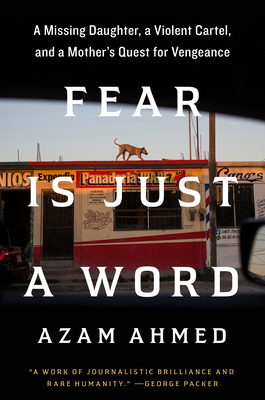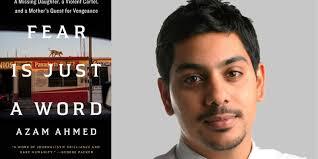What do you think?
Rate this book


384 pages, Hardcover
First published September 26, 2023

"...In their campaign to dominate the nation’s criminal economy, the Zetas had blazed a trail of violence through more than a dozen Mexican states, trafficking drugs, smuggling migrants, and kidnapping for ransom.
Two years earlier, in January 2014, the Zeta cell that the Florist belonged to had kidnapped Karen. Miriam had begged, pleaded, and paid ransoms she could not afford, following the Zetas’ every instruction. She got nothing in return, not even knowledge of what had happened to Karen.
Government authorities had dismissed her, ignoring her entreaties or meeting them with a practiced formality that barely masked their apathy. In that void, her grief gave way to acceptance, and then to resolve: to seek revenge and pursue justice herself, for Karen, and for the other families of the disappeared."